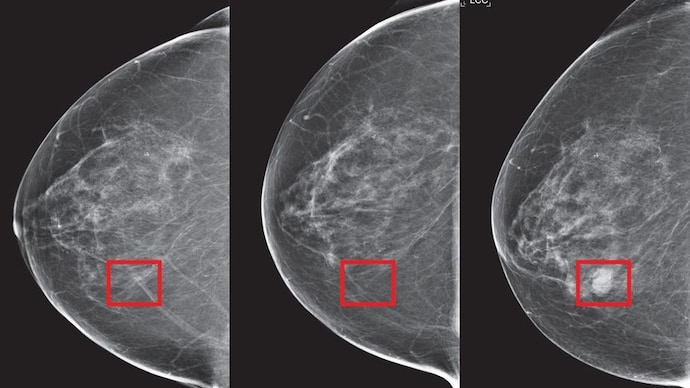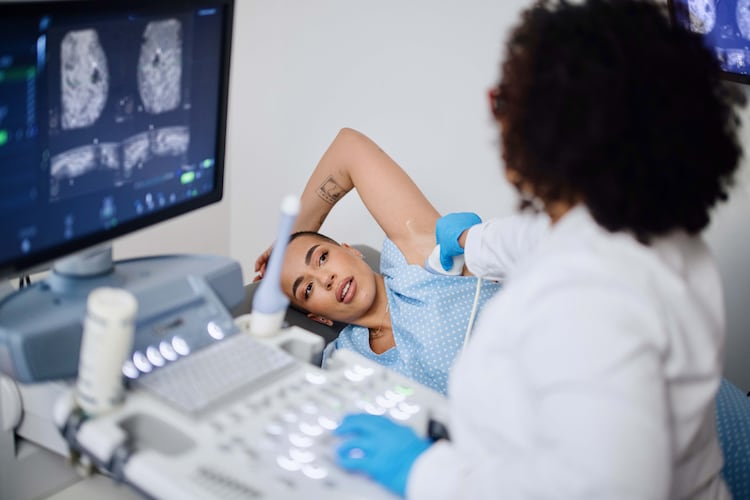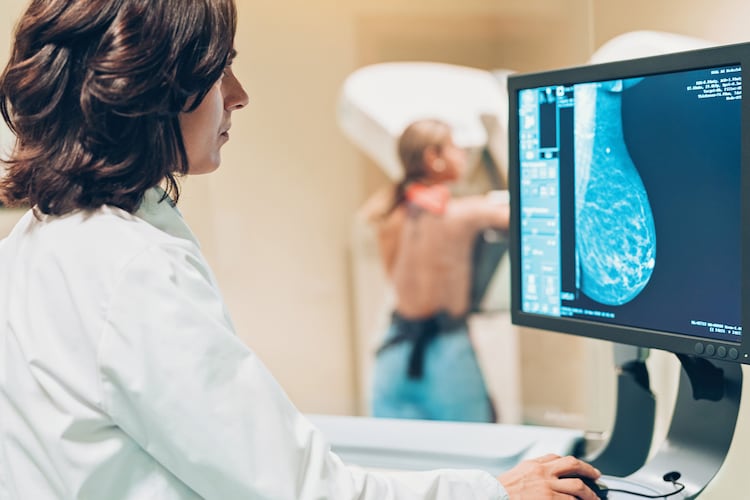Artificial intelligence (AI) successfully diagnoses breast cancer years earlier
MIT researchers have developed a deep learning system to predict breast cancer risk from mammograms. This model shows high accuracy across a variety of demographics and clinical settings.

Researchers are now using artificial intelligence (AI) to predict the development of breast cancer in the future.
Scientists at CSAIL and the Jameel Clinic at the Massachusetts Institute of Technology have developed a deep learning system to predict cancer risk from mammograms.
A mammogram is an X-ray of the breast used to detect breast changes in women who have no signs or symptoms of breast cancer.
The model was promising, as it showed similar accuracy for both white and black women, which was a significant advancement, as black women have a 43% higher rate of breast cancer mortality.
To integrate image-based risk models into clinical care, researchers needed algorithmic improvements and large-scale validation in multiple hospitals. They developed the “Mirai” algorithm to meet these needs.
Mirai predicts a patient’s risk at various future time points and can incorporate clinical risk factors such as age and family history if available. It is also designed to maintain consistent predictions despite minor clinical variations such as different mammography machines.

This model can predict that a patient has a higher risk of developing cancer within two years than within five years.
The team trained Mirai on more than 200,000 tests conducted by Massachusetts General Hospital (MGH) and validated it using data from MGH, Sweden’s Karolinska Institutet, and Taiwan’s Chang Gung Memorial Hospital.
Mirai, installed at MGH, showed significantly higher accuracy than previous methods in predicting cancer risk and identifying high-risk groups. It outperformed the Tyrer-Cuzick model, identifying nearly twice as many future cancer diagnoses.
Mirai maintained accuracy across different races, age groups, breast density categories, and cancer subtypes.
“Improved models of breast cancer risk enable targeted screening strategies that may help achieve earlier detection and fewer screening losses than current guidelines,” said Adam Yalla, a CSAIL PhD student and lead author of the paper published in Science Translational Medicine.
The team is working with clinicians from various global institutions to further validate the model on diverse populations and study its clinical implementation.
The development of Mirai included three key innovations: joint modeling of time points, optional use of non-image risk factors, and ensuring consistent performance in the clinical environment.

This approach enables Mirai to provide accurate risk assessments and be adapted to a variety of clinical settings.
Researchers are now improving Mirai by using a patient’s complete imaging history and incorporating advanced screening techniques such as tomosynthesis.
These reforms will refine risk-screening guidelines, allowing for more sensitive screening for people at high risk while reducing unnecessary procedures for others.
This AI model is an important step towards personalised cancer screening and improved patient outcomes.







